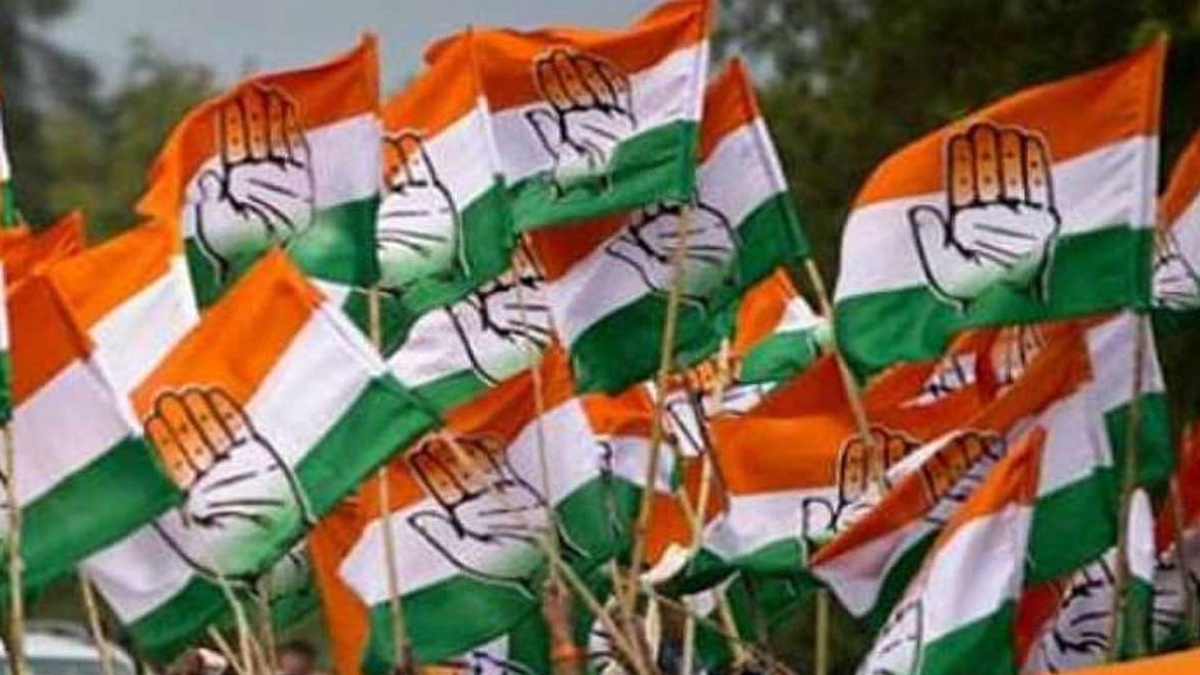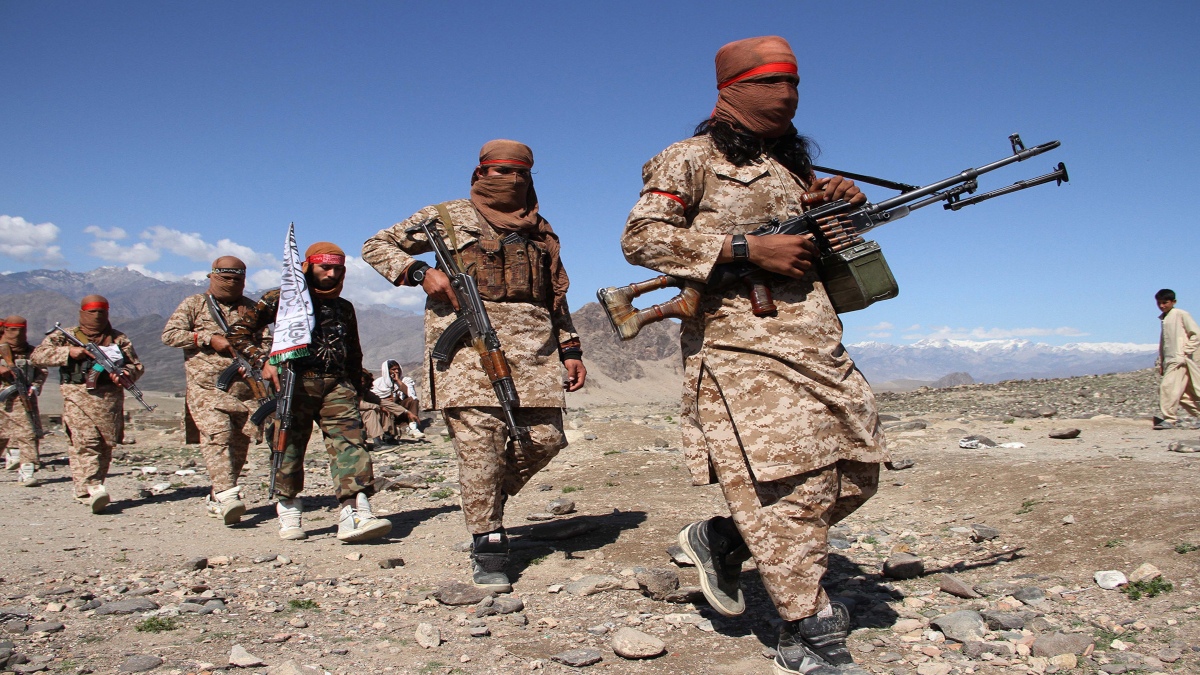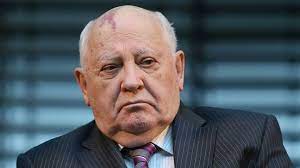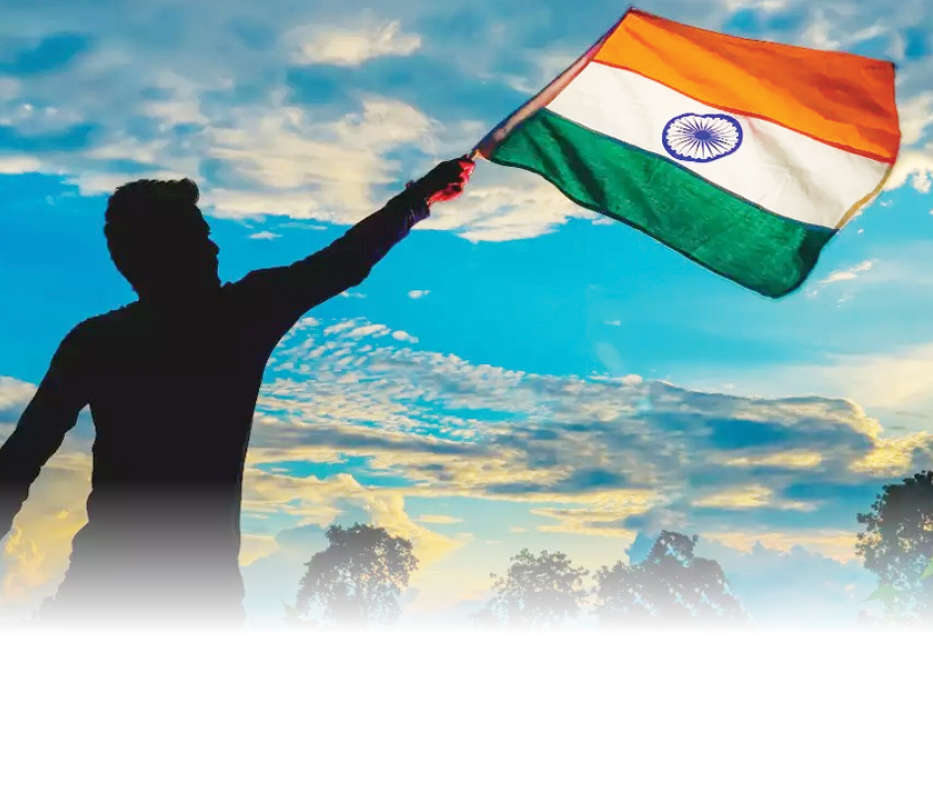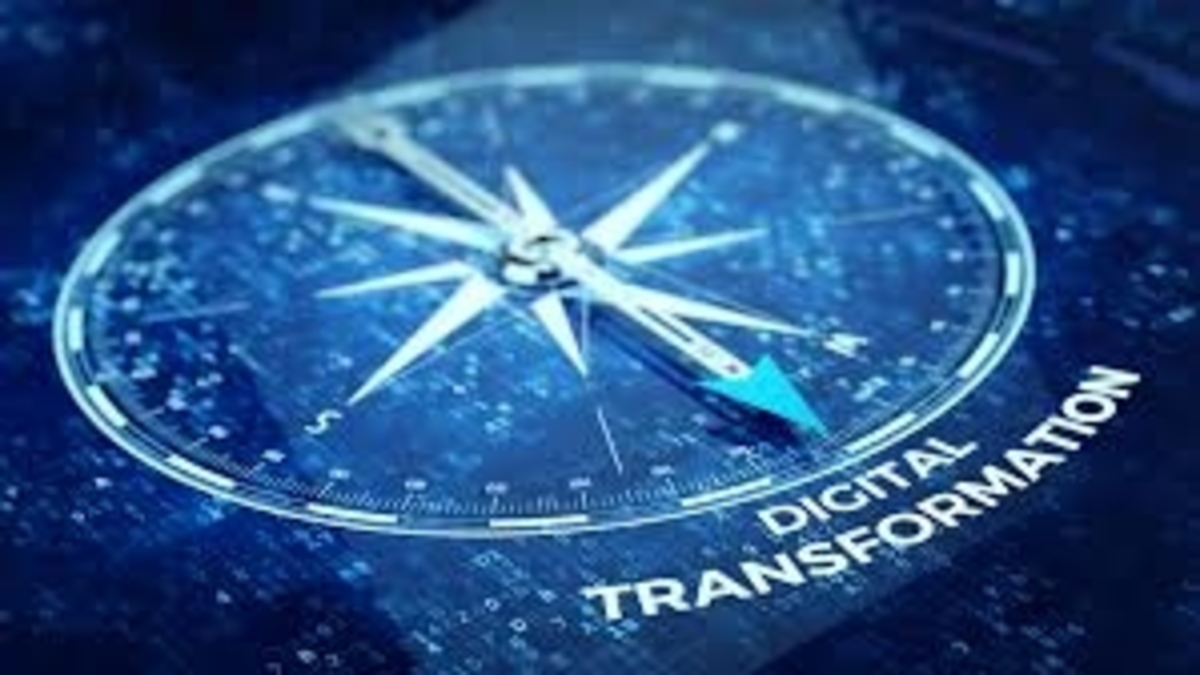India’s retail inflation measured by the consumer price index (CPI) soared to 7.79%, for April 2022. In March 2022, the figure for Consumer price-based inflation was 6.95% and 4.21% in April 2021. The recent spike in CPI is mainly on account of costlier food items. Despite perception to the contrary, the fact of the matter is that the Modi government has reined in inflation pretty well in the last eight years and even the surge in the last few months is largely due to a confluence of global factors, including the Russia-Ukraine War, that is a Black Swan event, that no economist or geopolitical strategist, predicted or bargained for. Also, after two years of a debilitating global pandemic, there has been a sudden demand resurrection, while the supply chain constraints have failed to keep pace with the rise in demand globally. So for armchair economists to single out India and allege that the rise in inflation is only India specific, is a lot of hogwash. Supply bottlenecks take time to get resolved.

Finance Minister Nirmala Sitharaman announced a slew of measures on Saturday that are supposed to provide a safety net for India’s poor, who are struggling to keep up with growing prices. ANI
For instance, if an industry was working at 40% or 50% capacity during Covid in 2020 and 2021, for it to work at 70% or 80% capacity in 2022, will take time. Scaling up takes time. Any industrial unit will not automatically switch from 40% to 80% in a jiffy. Alternative suppliers come with pricier freight, longer transits or differing quality, further accelerating food inflation. World supplies were already reeling from droughts in Canada and Brazil and transportation blockages in parts of the world, from rail logjams in the US to trucker strikes across Spain.
The added shock from the Ukraine-Russia war earlier this year sent most prices of most commodities to new record highs with corn and wheat futures in Chicago up more than 30% since the beginning of 2022, after having already risen by over 40-50% in 2021! The United Nations has that warned food prices already at an all-time high could rise as much as 22% more. A severe drop in Black Sea exports could leave as many as 13.1 million additional people undernourished, it said, deepening the rise in global hunger in a world still recovering from the effects of the pandemic. Collectively, Russia and Ukraine are responsible for more than 25% of global Wheat exports and for around 80% of the world’s supply of Sunflower Oil. Russia along with its ally, Belarus is also a huge source of fertilisers, accounting for around 15% globally. The war in Ukraine will undoubtedly have a major impact on its agricultural production and exports, putting even more pressure on a system already in crisis. Ukraine does indeed control Europe’s second-largest known reserves of natural gas, almost 80% of which are located east of the Dnipro river. While Russia is the world’s third-largest oil producer accounting for 10% of the global Oil production, Ukraine has total gas reserves of 5.4 trillion cubic metres (TCM), with proven reserves of 1.1 trillion cubic metres.
Hence, to cut to the chase, the moot point is, the Russia-Ukraine War has affected the prices of Oil and natural gas, with some estimates saying gasoline prices in the US could skyrocket to as high as US$ 6.2 per gallon by the end of this year. Today’s inflationary surge is global in nature and is being felt by most advanced economies (AEs), emerging markets, and developing economies (EMDEs). During the last two years, most Central banks followed easy money policies, with most governments announcing massive stimulus packages to repair the ravages unleashed by a debilitating pandemic, in the form of Covid-19. In 15 of the 34 countries classified as AEs by the International Monetary Fund’s World Economic Outlook, 12-month inflation through December 2021 was running above 5%. 2022 has only seen the inflationary tide rising further globally. While other countries have been reeling from pandemic-induced inflation, India has been keeping inflation largely under control. To put things in perspective, one must note that Wheat prices hit a high of US$ 13 per bushel from US$ 5 a bushel in the last two years, a massive 160% jump. Corn prices globally rose by a steep 45% year-on-year (YoY) in 2021 and have risen by another 37% in the first four months of 2022. Soybean prices rose from US$ 9 to over US$ 17 per unit in the last 18 months, a whopping 89% jump.
Inflation in the US continued to surge to a massive 8.5% and 8.3% in March and April 2022, after an equally steep rise of 7.9% and 7.5% in February and January 2022 respectively. That is the biggest year-on-year leap since 1981. The US’s fuel inflation rose by a whopping 32% YoY in March 2022 while food inflation went up by 8.8% YoY in March. The price of beef rose by 16%, flour by 14.2%, citrus fruits by 19.5%, and milk by 13.3% in March 2022 in the US. The annual inflation rate in the Euro Area rose to a record high of 7.5% in April 2022, up from 5.8% in February 2022 and 5.1% in January. The United Kingdom’s annual inflation rate rose in April 2022 to a steep 7%, up from 5.4% in January 2022, the highest level since March 1992, while Germany saw inflation at 7.4% in April 2022, the highest ever, in almost three decades. The Netherlands with inflation of 9.7% Spain with inflation at 9.8%, Turkey at 70% and Sri Lanka at 30%, have seen the highest inflation print in over 45 years. In Canada, property prices have hit their highest in decades, rising by over 50% in the last two years, due to which the Canadian government has banned outsiders from purchasing properties. Inflation as measured by the producer price index (PPI)increased 8.3% year-on-year in March 2022 after an equally steep rise of 8.8% in February 2022 in China.
78 out of 109 EMDEs are today confronting annual inflation rates well above 5%. In India, in contrast, the Modi government has fared much better and has indeed done a very commendable job in containing inflation. While retail inflation was 5.66%, 6.01%, 6.07%, and 6.95% in December 2021, January 2022, February 2022 and March 2022 respectively, one should not forget that for the better part of 2021, inflation was below 5%. For example, in September, October, and November 2021, retail inflation in India as measured by the consumer price index (CPI) was reined in at 4.35%,4.48%, and 4.91%. More importantly, food inflation in these months was minuscule at 0.68%,0.85%, and 1.87%. One must not forget that food inflation as measured by the FAO food price index (FFPI), hit its highest level globally in 2021, the highest ever since 1970. But India has reined in food inflation, pretty well, relatively speaking.
Under the inept Congress -led UPA, the highest food production achieved was about 257 million tonnes in FY13. The estimated foodgrains production for the agricultural year 2021-22 (July-June) is expected to be 316.06 million tonnes, which is an all-time record and higher than the 310.74 million tonnes recorded in 2020-21, which itself was a record. Wheat production is also expected to reach the highest ever level of 111.32 million tonnes during 2021-22, higher than the 109.59 million tonnes recorded last year. The total production of Rice (Kharif and Rabi both) is also expected to reach a record high of 127.93 million tonnes, higher than the last year’s Rice output of 124.37 million tonnes, which again was a pathbreaking record.
Why has global food inflation hit multi-decade highs? Droughts, floods, and inclement weather in large parts of the world’s food bowls and in Central America, Latin America, and some major oilseed-producing countries, are the reason for soaring food prices. For example, Ukraine, Argentina, China and Russia, the largest sunflower oil-producing nations, faced inclement weather in the last two years. Ditto was the case with Kazakhstan, Mexico, and Canada, among the big Safflower Oil-producing nations. As for Palm Oil, over 84% is produced by Indonesia and Malaysia combined and besides bad weather which hampered production, both these countries imposed many export restrictions during Covid, further distorting the demand-supply dynamics for Palm Oil importing countries like India. Things in Indonesia are so bad that police have been deployed for 24-hour surveillance of cooking oil production and distribution as rising food prices become a key political issue in the country. The Indonesian police task force, intelligence agents, and government employees are making sure companies are producing bulk cooking Oil as targeted and selling it for below the 14000 rupiahs (98 cents) a litre price cap. The less said about Sri Lanka’s traumatising economic crisis, the better. Fuel stations have run dry and even posh neighbourhoods have no electricity for almost 18 hours a day, with rural hinterland suffering from 24-hour power cuts. There is no diesel to run diesel generator sets either.
A few months back, the United Kingdom faced a situation where its gas stations ran almost dry. Whichever way one looks at it, India under Prime Minister Narendra Modi has managed the economy very well, sidestepping geopolitical upheavals and violent price gyrations in the fuel and food economy that many other countries have been grappling with, unsuccessfully.
In fact, India is even being the good Samaritan and has agreed to extend a one billion dollar credit line to Sri Lanka, so that it can procure essential items, food, and medicines. In February this year, India provided US$ 500mn via a loan facility to Sri Lanka for procuring Petroleum products and tackling its energy crisis. Sri Lanka has forex reserves of barely US$ 2 billion whereas India with almost US$ 600bn, has the 4th largest forex reserves globally, after China, Japan and Switzerland. Hence for ignoramuses to compare India with Sri Lanka, is plain hogwash. Be it Nepal, Afghanistan Myanmar or Sri Lanka, it is India under the Modi government that has come to the rescue of its neighbours by exporting food grains and other essentials to these countries.
Coming back to inflation, it is pertinent to ask, which two places in India have had the highest fuel price? Well, it is Parbhani in Maharashtra, where in early April 2022, petrol cost Rs 121.38 per litre and diesel, Rs 103.97 per litre. In Sriganganagar in Rajasthan, petrol shot up to Rs 120.73 and Diesel Rs 103.30 per litre, in April. In both the aforesaid states, Congress is in power, either directly or via an alliance.
In the Congress-ruled States, the average Petrol price is higher by Rs 18-21 per litre, compared to many BJP governed States. The reason for this difference is nothing but pure greed on the part of Congress regimes, whereby they refuse to cut VAT on Petrol and Diesel. So while Rahul Gandhi and his sundry bunch of protesters are crying wolf over rising fuel prices in India, the harsh truth is that Congress-ruled States are milking their taxpayers dry by refusing to cut VAT in any meaningful measure. So much for Rahul Gandhi’s hypocrisy!
Weather-related reasons apart, the pandemic-induced sharp bust-and-recovery patterns produced unpredictable and prolonged supply-side disruptions, leading to supply-side deficits, which, in turn, led to cost-push inflation. True, as the pandemic receded, demand saw a resurgence but more than “demand pull”, it was “cost push” inflation that wreaked havoc globally. That Central bankers kept buying bonds indiscriminately and governments kept pumping money into their economies to “pump prime” and resurrect them, only led to more speculative money finding its way into just about everything—gold, oil, bonds, commodities, wheat futures, corn futures, so on and so forth. Inflationary pressures globally, among other things, have been driven also by overheating in the aftermath of significant policy stimulus. Here again, the Modi government’s cautiously calibrated approach to infusing stimulus at the height of the Covid wave has been very effective.
In sharp contrast, some of the (AEs), the US included, unleashed gigantic fiscal stimulus packages, which were not focused and eventually ended up creating asset bubbles and soaring inflation, with very little attendant benefits.
The writer is an Economist, National Spokesperson of the BJP, and the Bestselling Author of ‘The Modi Gambit’. Views expressed are the writer’s personal. Parts II & III will be published later.
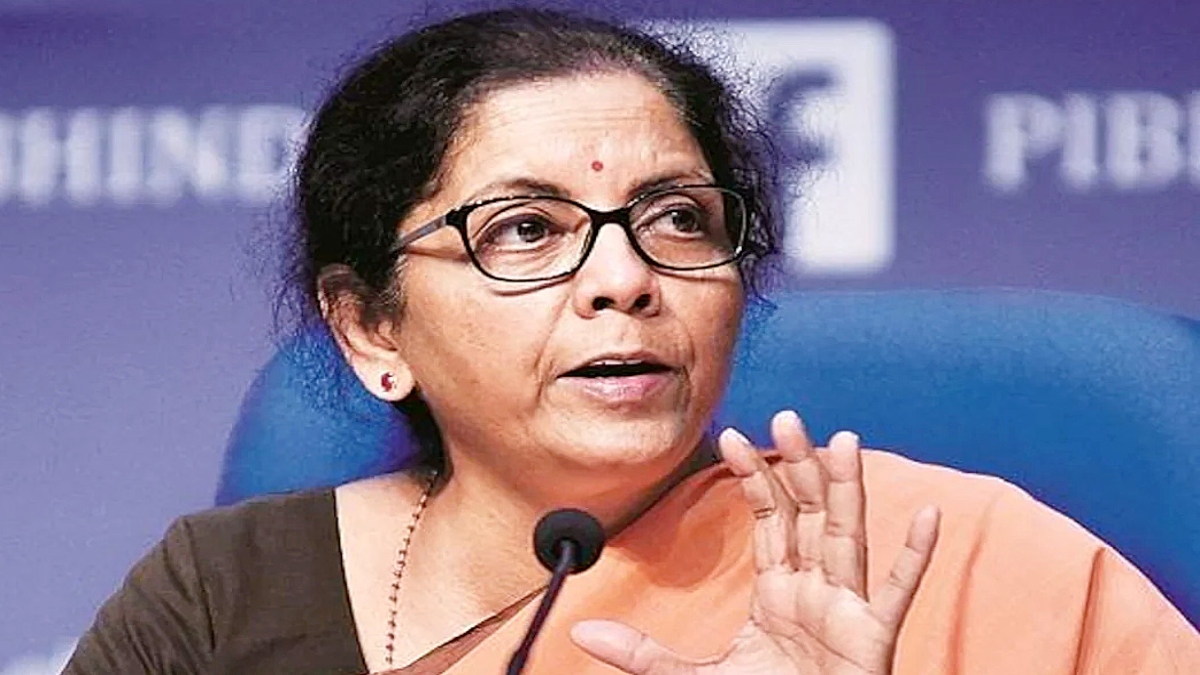

 Opinion3 years ago
Opinion3 years ago
 Entertainment8 years ago
Entertainment8 years ago
 Entertainment8 years ago
Entertainment8 years ago
 Fashion8 years ago
Fashion8 years ago
 Opinion4 years ago
Opinion4 years ago
 Entertainment8 years ago
Entertainment8 years ago
 Politics8 years ago
Politics8 years ago
 Entertainment8 years ago
Entertainment8 years ago

